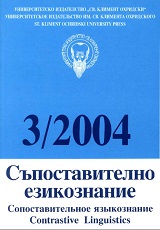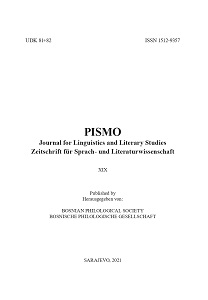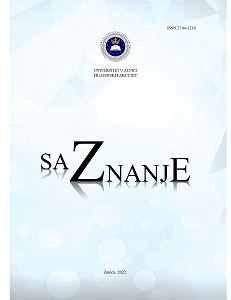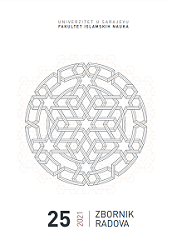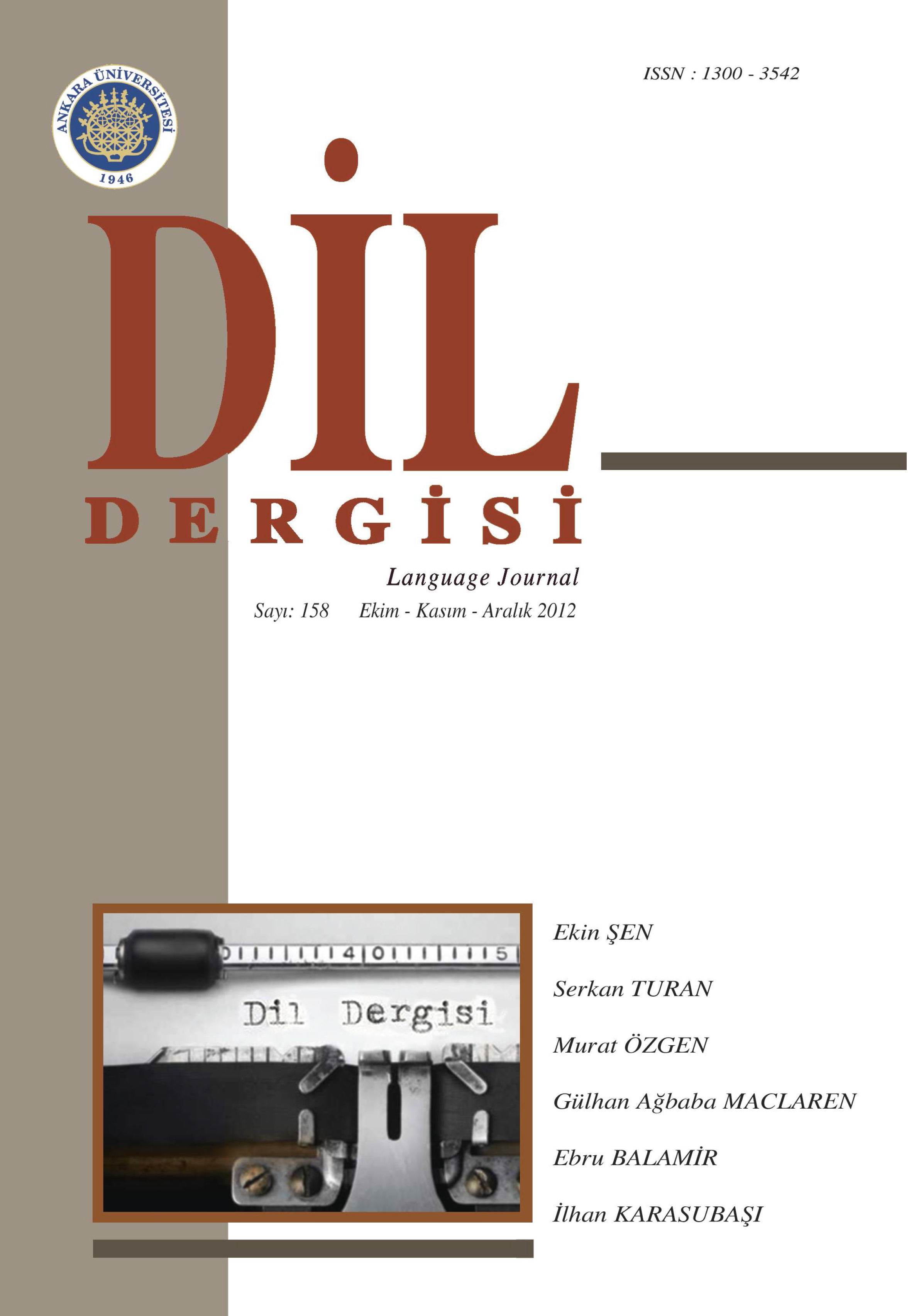
Türkçede eylemlerin altulam özellikleri ve bu özelliklerin Türkçe eğitim-öğretim ortamlarina aktarilmasi
The aim of this study is to define the features of verb subcategorization under the title of letter “A” in Dictionary of Current Turkish on Turkish Language Society official web site and to offer a suggestion for these verb to take part in Turkish Dictionaries. Our study is based on the features of verb categorization and subcategorization analyzed under the title of Theta Theory (Chomsky, 1981). The object of our study, Turkish verbs, are automatically chosen from Dictionary of Current Turkish database by Dokuz Eylül University Natural Langugage Reporting Group. Because of time and location constraint, only one word verbs have been analyzed under the title of “A” letter. In this context, 414 different verbs and their 838 hyponyms and connotations have been analyzed. At the end of this study, in different meanings of the verbs, different subcategorizes have been determined. For instance, while a meaning of a verb requires only x and y, a different meaning can require x, y and z, and in different meanings these verbs can be indicated by different case markers. Because of the fact that only morphosyntactic features of the verbs are considered in this study, both structural and semantic features such as agent, experiencer, theme, goal, source etc. of all verbs can be involved in further studies. It is suggested that these acquired data may take place in an integrated way in Turkish dictionaries.
More...
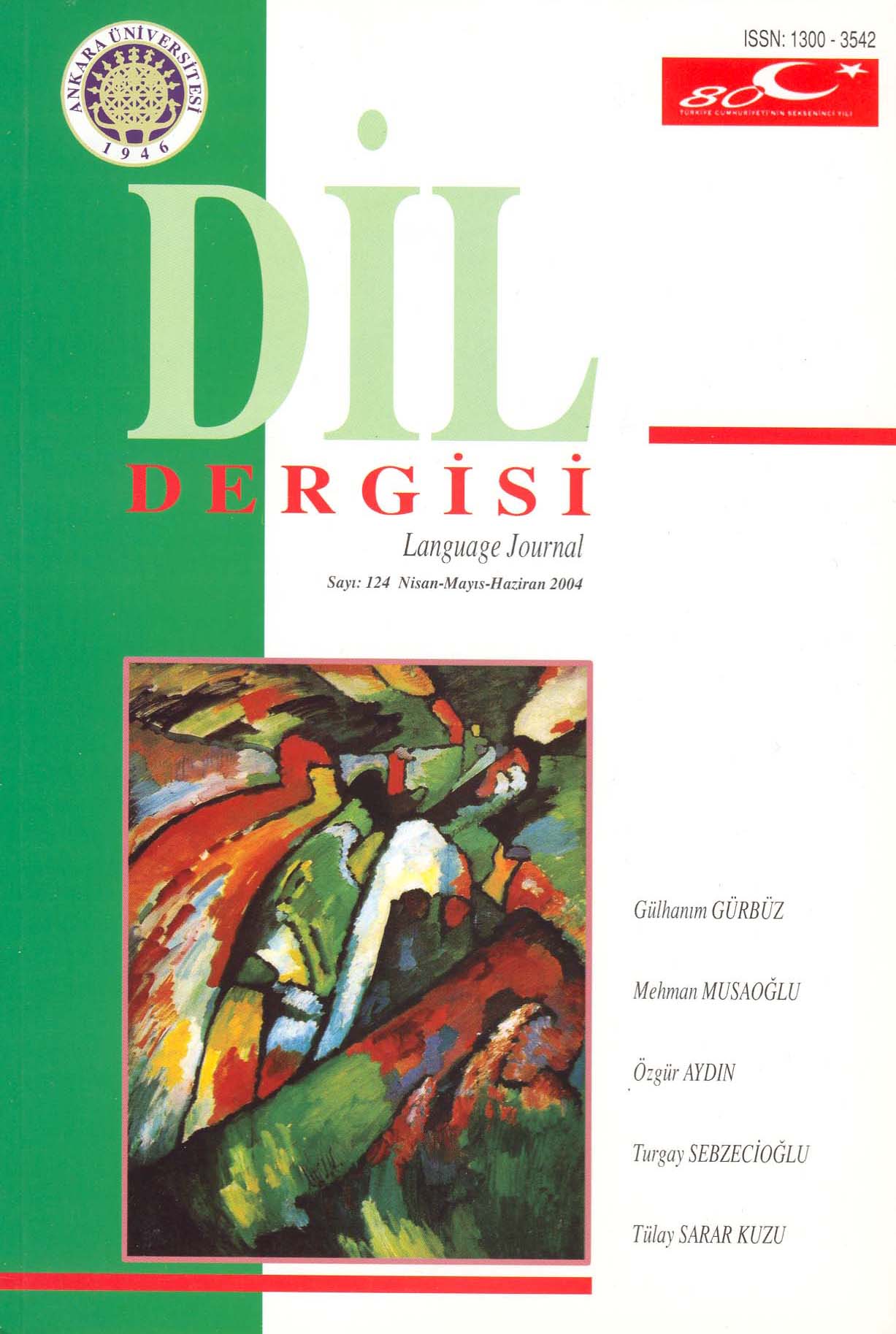
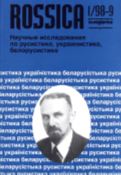
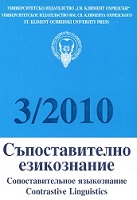
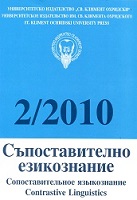
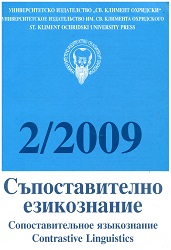
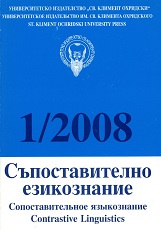
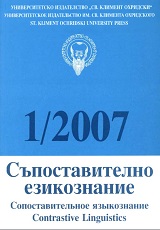
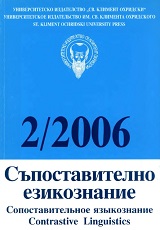
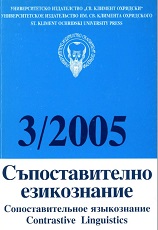
![Syntax in Antiquity [Orbis I Supplementa, tome 23] (edited by Pierre Swiggers and Alfons Wouters)](/api/image/getissuecoverimage?id=picture_2005_69846.jpg)
